ODDS AND ENDS
Este libro aporta un listado completo de curiosidades lingüísticas como son: homófonos, homógrafos y homónimos.
Al comprar este producto puede obtener hasta 1 punto de fidelidad. Su carrito totalizará 1 punto que se puede(n) transformar en un vale de descuento de 0,20 €.
- Sacar de mis favoritos
- Agregar este producto a mis favoritos
- Imprimir

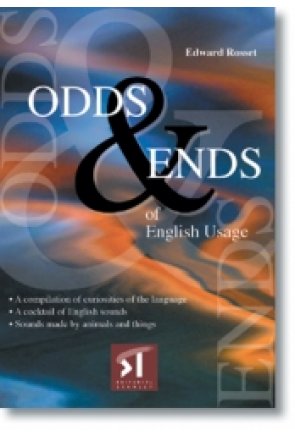


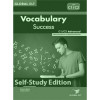
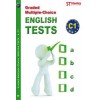

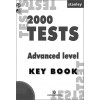
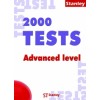


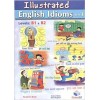




No hay comentarios de clientes por ahora.